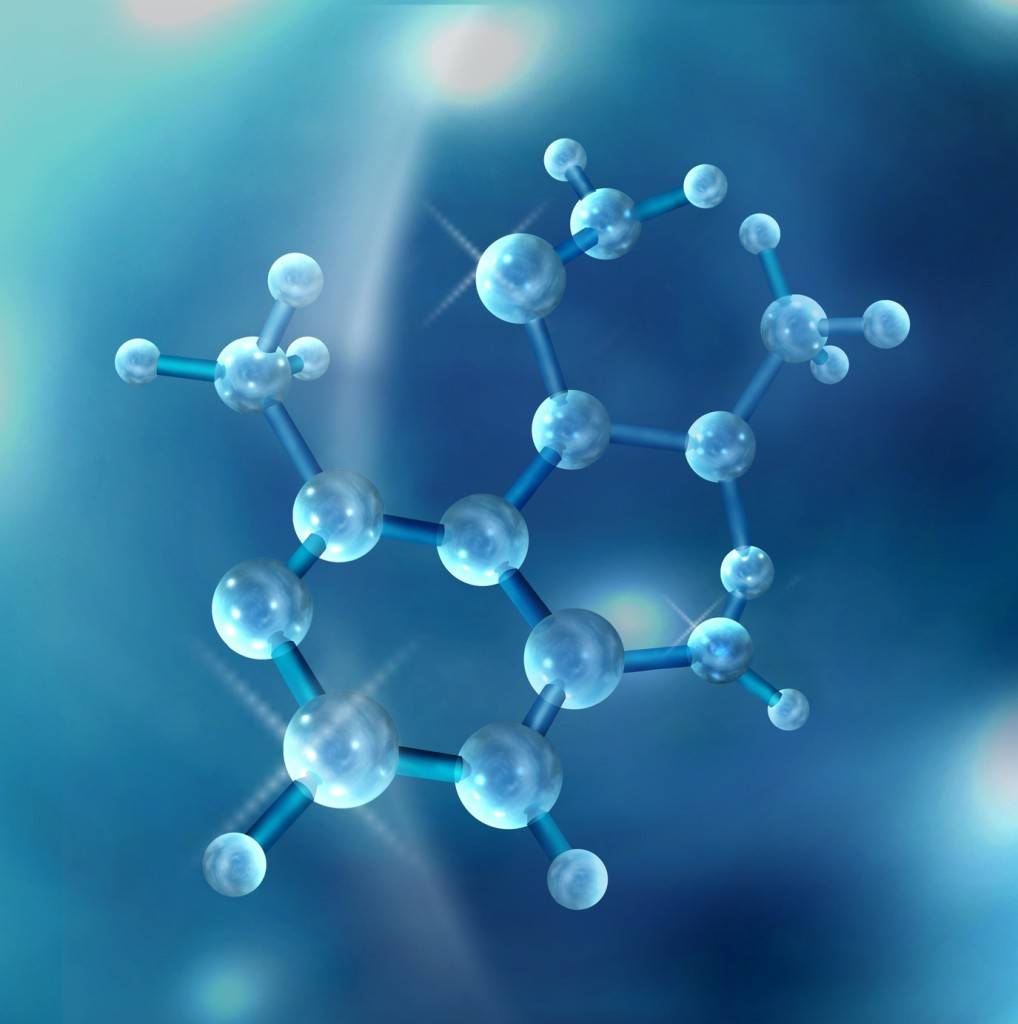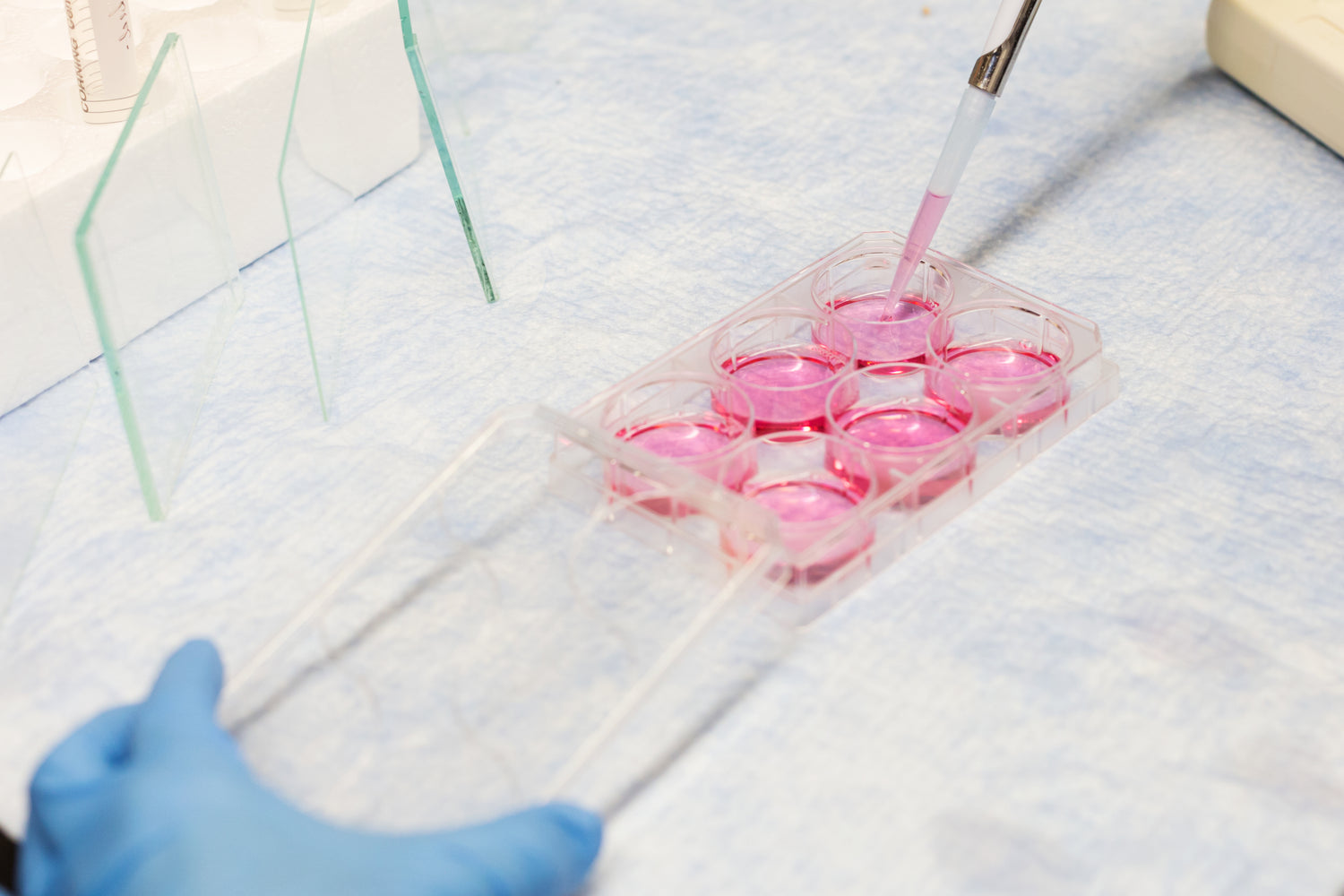Date palm is widely cultivated, but its processing produces a lot of waste. The traditional methods of extracting bioactive compounds have many problems, such as long extraction time, large solvent consumption and heavy environmental burden. Non-thermal green extraction technology is emerging. This paper focuses on evaluating the efficiency and sustainability of ultrasonic-assisted extraction and other green technologies for extracting bioactive compounds from date palm waste.
Supercritical carbon dioxide in supercritical fluid extraction can selectively extract non-polar and weakly polar compounds, such as vitamin E from jujube seeds. Subcritical water extraction performs well in extracting polyphenols and antioxidant activity, and is more efficient than traditional hot water extraction in extracting reducing sugars.
Pulsed electric field assisted extraction can effectively extract phenols and flavonoids, and improve the antioxidant activity of the extracts. Microwave assisted extraction uses microwave energy to extract bioactive compounds rapidly, but the effect on different substrates and target compounds is different. As a green solvent, natural eutectic solvent can effectively dissolve plant bioactive compounds, and the extraction efficiency can be improved by combining with ultrasonic extraction and microwave-assisted extraction.
The adoption of non-traditional extraction technologies is critical to reducing greenhouse gas emissions and advancing a circular economy. Life cycle assessment can assess the environmental impact of different extraction methods, such as ultrasound-assisted extraction in the extraction of polyphenols, although the total phenol content yield is slightly lower than that of sodium hydroxide extraction, the environmental impact is only about 20%.
Non-thermal green extraction technologies such as ultrasonic assisted extraction and supercritical fluid extraction have significant advantages in the utilization of date palm waste resources, which can improve extraction efficiency, reduce solvent use and extraction time. Future research should focus on conducting a comprehensive life cycle assessment of these green extraction technologies to promote sustainable development in the global food industry.








